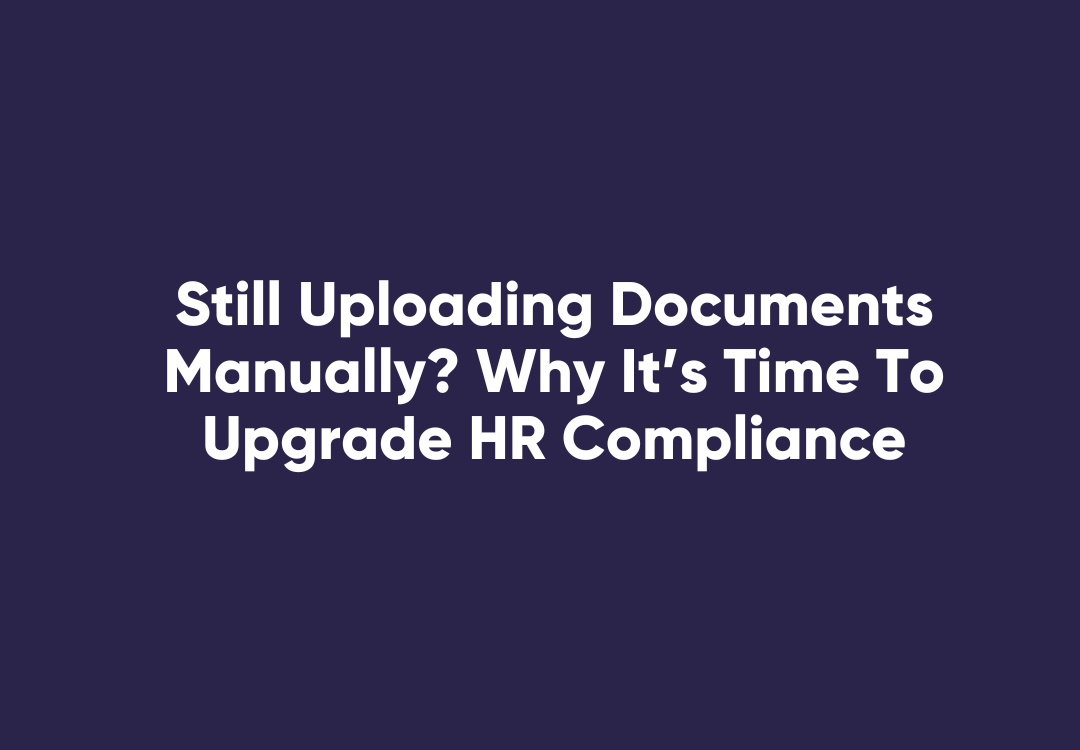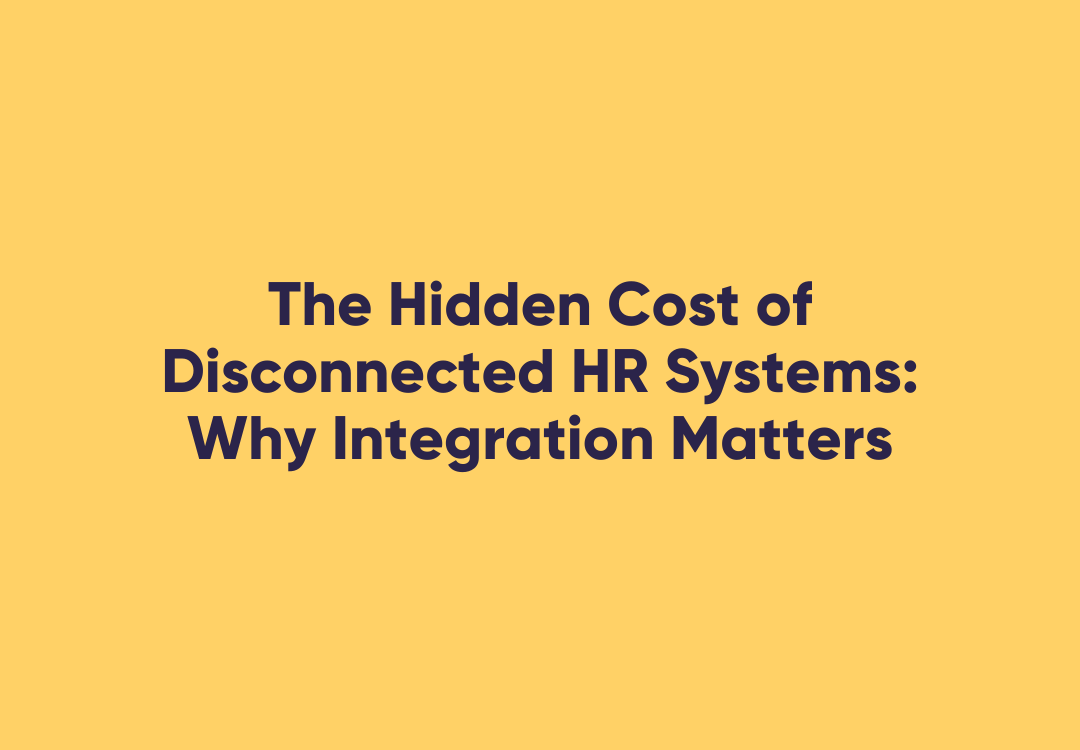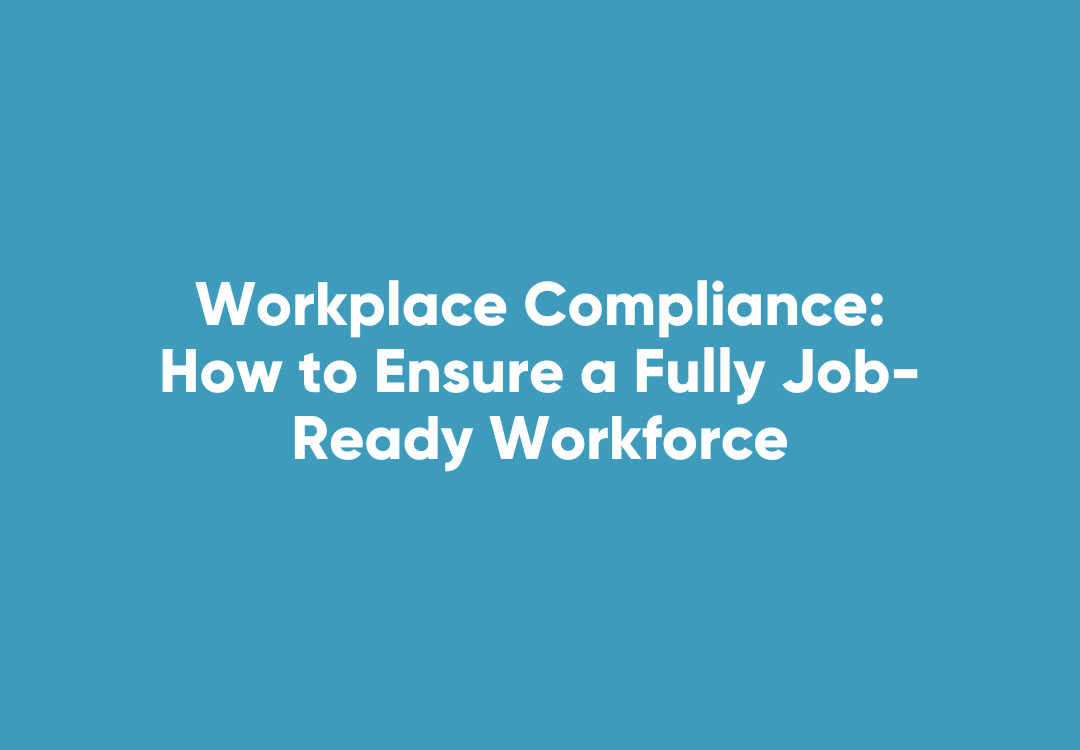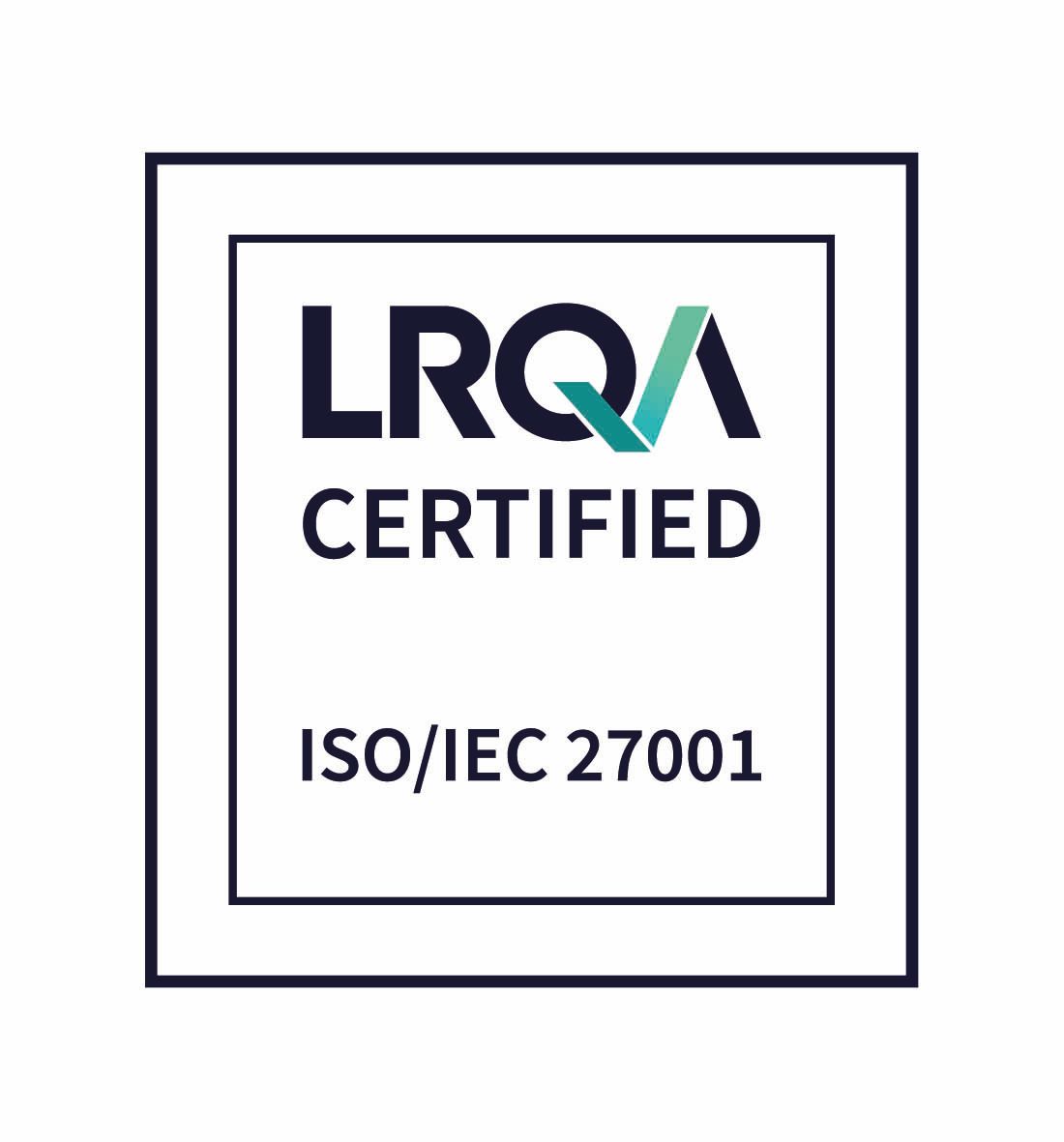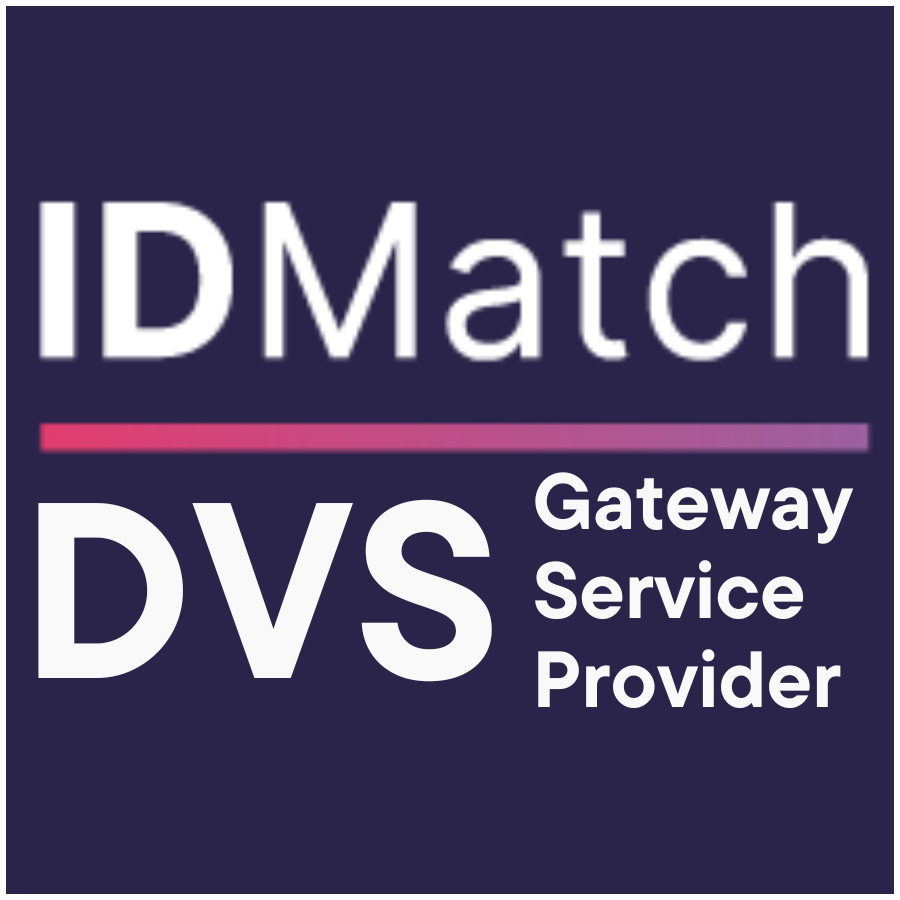Injury to Recovery: Navigating Compliant Work Resumption
In Australia, the median compensation paid for a worker injury was $15,743 per claim.
This statistic underscores the significant impact workplace injuries can have on both employees and employers. Beyond the financial burden, these incidents can also lead to physical, mental, and emotional distress, as well as a negative impact on workplace culture and productivity.
Returning to work after an injury or illness involves more than just shaking off the cobwebs. Employees and employers alike face a complex maze of legalities and compliance requirements. This can be especially daunting for individuals who may already be experiencing the effects of their injury or illness.
A Roadmap for Employers
As an employer, it is your responsibility to foster a positive, safe, and compliant work environment for your employees, particularly when they return to work. It's essential to protect your employees by making sure they are aware of any risks before they commence their duties. Additionally, it is important to be prepared to effectively work with employees who have been impacted by various circumstances. Ensuring a smooth and considerate transition back to work is key in maintaining a supportive and productive workplace.
Here are some key steps you can take:
Safe Work Australia's National Return to Work Strategy: This roadmap outlines your obligations to facilitate a safe and smooth return. The aim of the Strategy is to minimise the impact of work-related injury and illness to help injured workers have a timely, safe, and durable return to work.
Workers' compensation schemes: Depending on the circumstances, you may need to notify relevant authorities and manage workers' compensation claims. Each state and territory has its own scheme, so be sure to familiarise yourself with yours.
Suitable duties: Your injured/ill employee isn't Superman (or Superwoman). You have a legal obligation to offer modified duties that match their current capacity. Think lighter workloads, flexible hours, or even temporary redeployment.
Reasonable adjustments: If there's a disability involved, comply with the Disability Discrimination Act. Make necessary adjustments to the workplace or tasks to accommodate the employee's needs. Consider modified equipment, accessible workstations, or altered work processes.
Open communication: Maintain open communication with the employee and any health professionals involved. Regular check-ins, progress updates, and a supportive environment are crucial for a successful return.
Empowering Managers for Compliant Work Resumption: Equipping managers with training on identifying hazards, navigating return-to-work procedures, and fostering a supportive culture empowers them to confidently build a safer, more compliant workplace for everyone.
A Roadmap for Employees
Employees are not just passive figures in the return-to-work process. They also hold the key to a compliant and empowering comeback by actively participating in their recovery and reintegration.
Key steps for employees returning to work:
Seek medical advice: Prioritise your health and follow your doctor's recommendations for recovery and safe work practices.
Open communication with your employer: Be upfront about your injury/illness and any limitations you might have. Work together to find suitable duties and adjustments.
Know your rights: Familiarise yourself with your entitlements under various laws like the Fair Work Act and relevant workers' compensation schemes.
Honesty and cooperation: Transparency with your employer and healthcare providers helps everyone make informed decisions about your return to work.
Empowering Employees: Training unlocks more understanding of your rights, safe practices, and well-being management, paving the way for a confident and informed return to work.
WorkPro: Your Partner in Compliant Work Resumption
WorkPro offers a variety of resources designed to assist both employers and employees in effectively managing compliant work resumption.
Our comprehensive collection of resources can help you understand and comply with the necessary laws and rules. Our eLearning modules, crafted by experienced industry professionals, provide valuable insights on how to return to work safely after an injury or illness, and extend to various safety training modules for new staff.
These modules are kept up-to-date with the latest legal requirements to ensure you always have the most current and relevant information.
A compliant return to work benefits everyone
By preparing for and understanding the process of returning to work after an injury or illness, we can ensure everyone involved is protected and supported. Remember, it's not just about getting back to work quickly; it's about doing it the right way, prioritising both safety and compliance.
By implementing these tips and partnering with WorkPro, you can navigate the maze of compliance and ensure a smooth and successful return to work for your employees.




